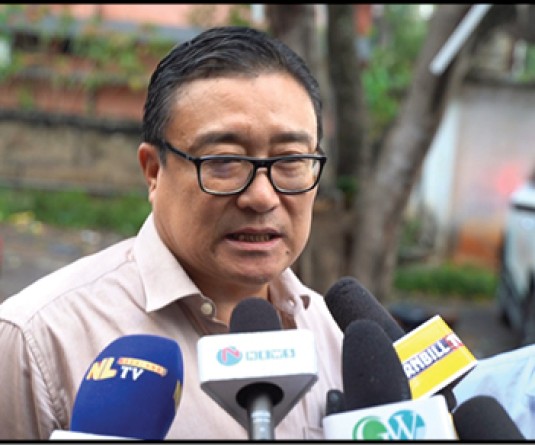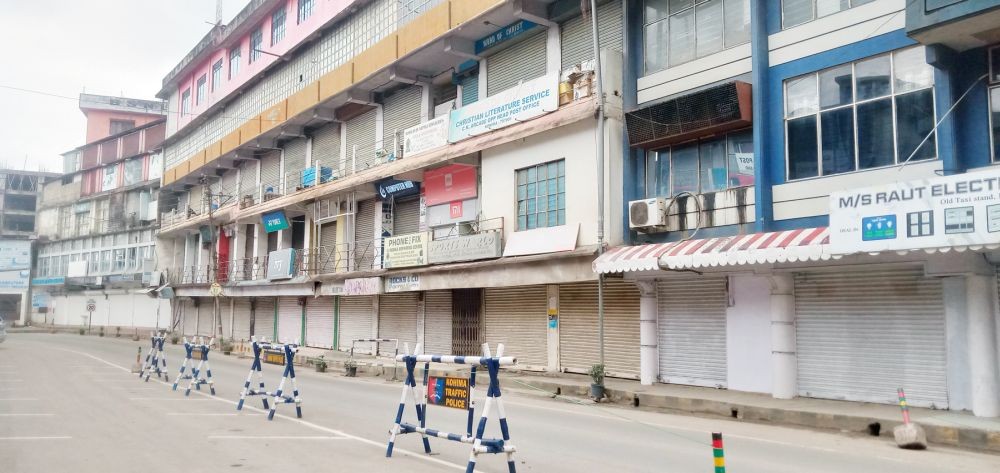
Our Correspondent
Kohima | September 25
The Nagaland state government, after realizing the importance of having a sound breeding policy for pigs in the state, made a cabinet decision authorizing the Department of Animal Husbandry & Veterinary Services to frame the breeding policy through a participatory process.
The department led the process with the support and expertise available from NRC (Pig)/ ICAR, National Bureau of Animal Genetic Resources (NBAGR/ICAR, Nagaland University, Assam Agricultural University, International Livestock Research Institute (ILRI) and North East Initiative Development Agency with funding support from the Tata Trusts. The participatory process was facilitated by ILRI. As part of this, first a breed mapping exercise was carried out, followed by focus discussions in selected districts and a series of stakeholder consultations at the state level.
The policy stated that information on pig breed types and their distribution in Nagaland were gained by a participatory mapping exercise where participants were experts inside and outside of the state who are knowledgeable on pig breed–type distribution and genetic material flows in or out from Nagaland.
The participatory mapping exercise entailed: (1) defining the major breeds and cross-breed types in the state (including identifying the maternal and paternal lines contributing to the cross-breed types as well as the production systems) they are found in; (2) agreeing on and depicting a representation of the geographical distribution of the breed/cross-breed types for the different production systems on supplied detail map; (3) interrogating and refining the map. Key discussions/explanations that emerged as part of the process were recorded.
Results of this exercise showed the different types of breeds kept by farmers in different regions of the state. Large Black breed (LB) and its crossbreds were the most popular breeds; followed by Burmese Black breed and their crossbreeds. Crossbreds of LB with indigenous (local) breeds were also prevalent on smallholder farms.
Implementation of pig breeding policy for the state of Nagaland will not only target socio-economically weak communities including women folk in terms of their sustainable livelihood security but also address the issue of pig production system under changing climatic scenario by improved production and productivity, the policy stated.
“It is also expected to mitigate the current demand supply gap and open avenues for development of entrepreneurship and export of pork and pork products,” it added.
It also stated that as the pig rearing system is dynamic and pig population structure is expected to change over a period of time, the present breeding policy requires to be reviewed after a minimum period of five years.




